Growing Soybeans
All Growing Soybeans Content

Drought Stress or Stem Canker Killing Soybean Plants?
Several soybean fields scouted in a number of Eastern counties have plants dying or dropping leaves prematurely. While the majority of these fields have drought stress causing early senescence, a few fields have also stem canker developing

Deciding on Fungicide Application to Manage Mid-Late Season Soybean Leaf Fungal Diseases
Soybean leaf diseases can develop in some soybean fields to reach yield-reducing levels. The question that growers often ask is whether it is profitable to apply a fungicide to soybeans at the R3/R4 growth stage in South Dakota.

Start of Flowering Is the Ideal Time for White Mold Management in Soybeans
Some early planted soybeans are starting to flower (R1 growth stage). One soybean disease that needs to be managed at this growth stage is white mold.
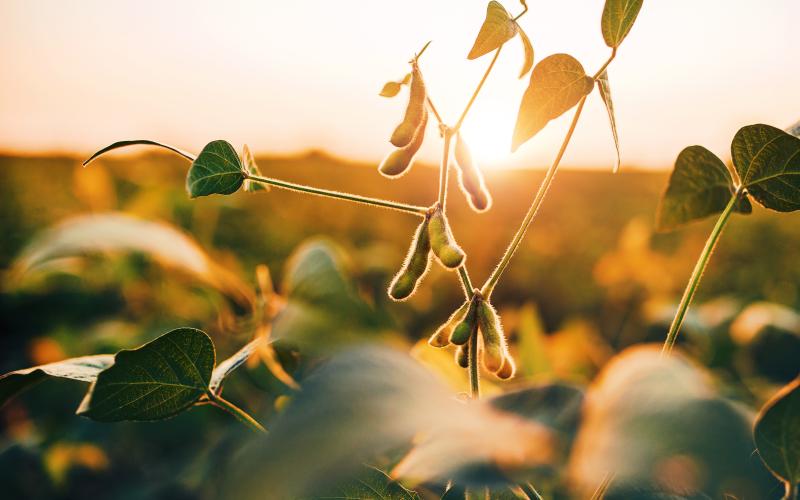
2019 Soybean Fungicide Field Trials Summary
This document contains results of soybean field trials conducted during the 2019 growing season to evaluate foliar fungicides to manage various soybean diseases.

Early Yellowing in a Soybean Field May Indicate Presence of the Soybean Cyst Nematode
Some portions of soybean fields may show clusters of plants yellowing while the rest of the field is still green. One of the factors that could lead to soybean plants showing early yellowing in clusters is soybean cyst nematode (SCN).

2018 Field Plot Summaries for Soybeans: Plant Disease and Fungicide Trials
This is a summary of soybean field research studies that were conducted in 2018. The purpose of these studies was to assess efficacies of fungicides for foliar disease management and nematicides/seed treatment products for nematode management. The studies were conducted on growers’ land in Brookings and Volga Research Farm.
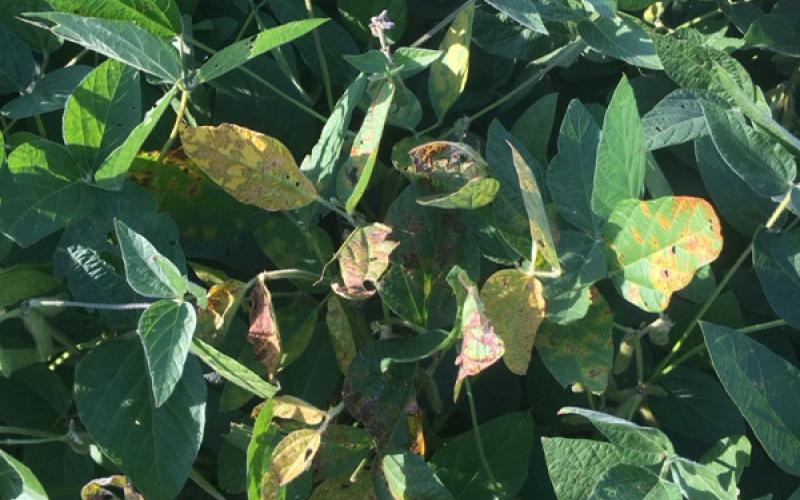
Soybean Vein Necrosis Virus Detected in South Dakota Soybeans
A new soybean virus called Soybean vein necrosis virus (SVNV) was detected in South Dakota soybean fields in Davison and Union counties. Symptomatic plants were sporadic and found along the field borders. Infected plants showed mild to moderate severity.
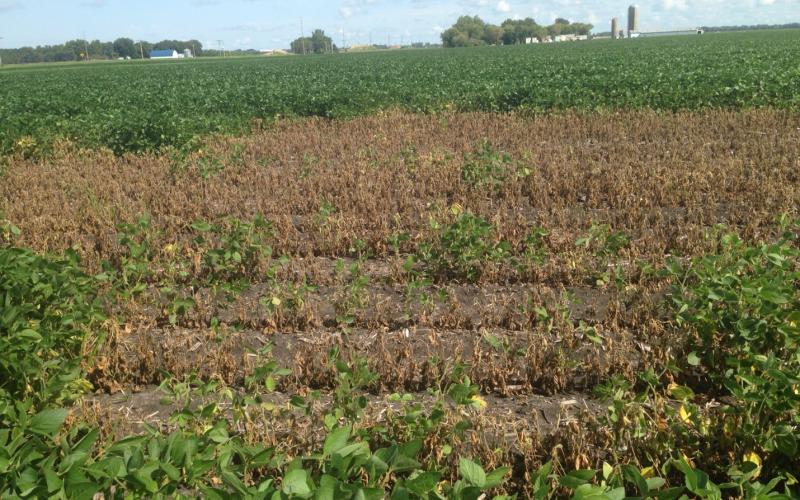
Seeing Dead Soybean Plants in a Circular Pattern? Could Be Due to Lightning
While quite uncommon for lightning to damage row crops, it does happen. Thunderstorms can have lightning that can burn soybeans plants leading to their death.
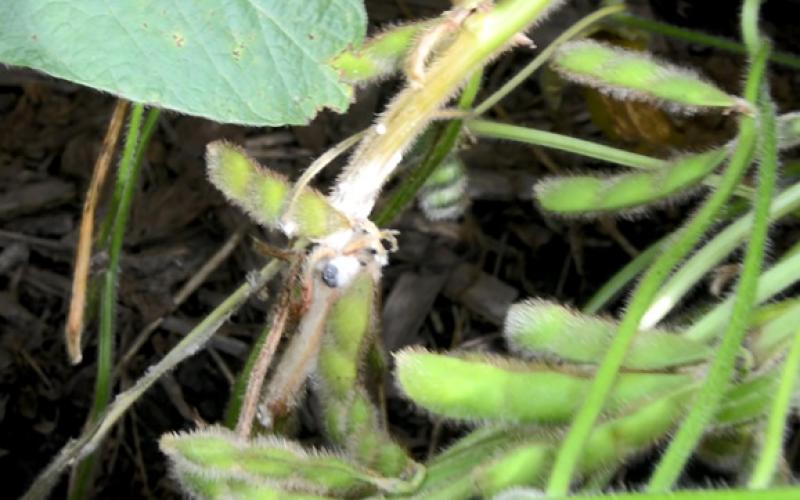
White Mold Development: Is your soybean field at risk?
According to USDA-NASS crop progress report for the week of July 17, 49% of the soybeans in South Dakota are at flowering. The flowering growth stage is also the time when white mold infection is initiated. The white mold pathogen infects the soybeans through the flowers that are senescing after pollination.
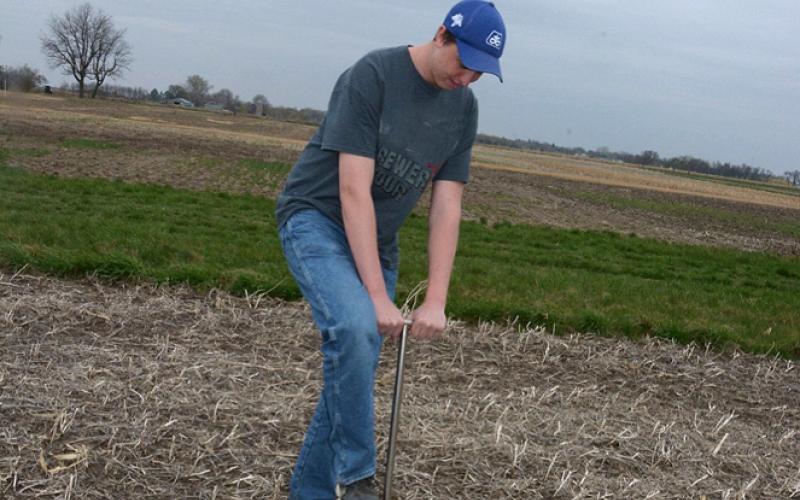
Consider SCN Sampling This Spring
Soybean cyst nematode management starts with a soil test to determine the presence or absence of this nematode in the soil.